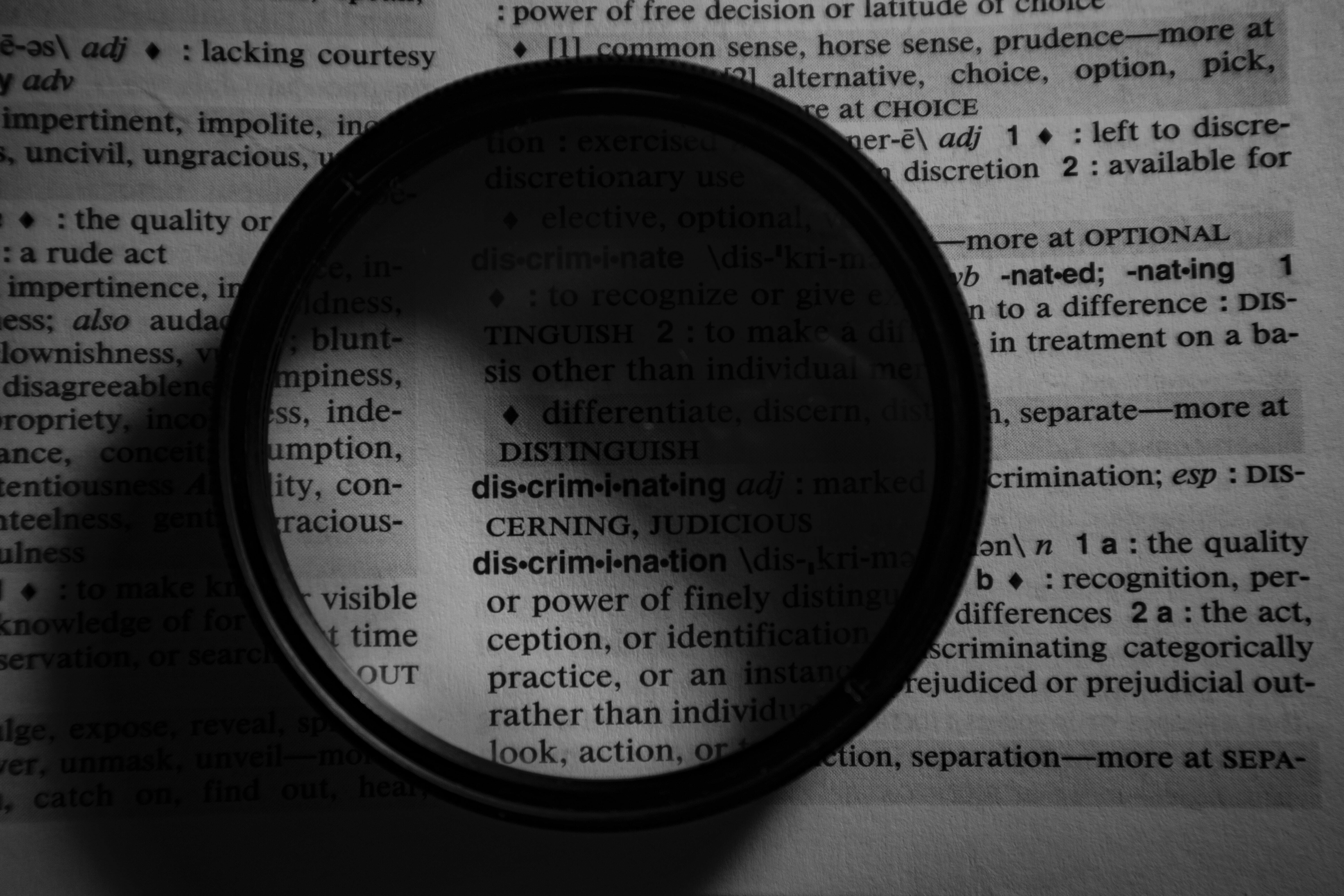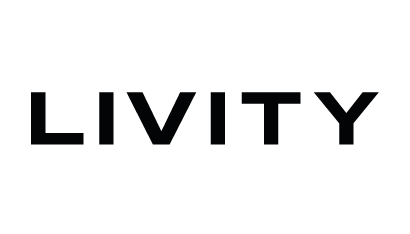The definition we will use

Share this step
Oxford Language’s Definition:
The unacknowledged or inappropriate adoption of the customs, practices, ideas, etc. of one people or society by members of another and typically more dominant people or society.
Many people have a knee-jerk reaction to the term cultural appropriation. Cultural diffusion has been going on for as long as human civilisation has existed, some may say, so why can’t we borrow from other cultures? That is rarely the argument against cultural appropriation.
At first, it can seem difficult to understand the difference between cultural appropriation and cultural appreciation. Ultimately, it is a difference in intent and transaction – voyeurism vs cooperation.
Let’s say, for example, you want to design something inspired by Japanese culture. That, in and of itself, is not appropriation.
Intention matters.
If you aim to genuinely understand the history, etymology, meaning and symbolism behind whatever you make or use, you will probably appreciate it.
It bears pointing out here that, for creative work to hold any value, regardless of its inspirations, the creator should understand the work in that level of detail anyway.
Appropriation = inferior artistry
Let’s move away from cultural appropriation for a moment to discuss some projects that suffered from insufficient understanding, forethought and effort.
Hyundai
Here is a commercial by Hyundai that trivialises suicide:
This is an additional video, hosted on YouTube.
In case you cannot view the video for any reason, here is a breakdown of what happens in the commercial:
It is evening time. A suburban house with a small garage attached fills the screen. We can hear the sounds of packing tape being ripped and applied to something.We snap to the inside of the garage where the packing tape has been applied to various pipes and windows on a car.Panning down, we see a morose, middle-aged man sighing into the driver’s seat of the taped-up car as the engine purrs in the background. He stares out the window at us.Snap to a close-up of the fumes spilling from the car’s exhaust. The man takes a deep breath and leans back into his chair… shuts his eyes.Back outside, the house and garage fill the shot as we wait for the inevitable…Suddenly, the light inside snaps on and the garage door swings open. As the man stumbles sadly back to his door, a caption reads:‘THE NEW ix35 WITH 100% WATER EMISSIONS’
- The creative and executive teams wanted to cause a stir, to garner more attention.
Cause a stir they did.
This exposes the commercial’s cynicism and lack of empathy for the social issue it exploits.
- The creative and executive teams believed they were highlighting a social issue with their commercial and selling cars.
This exposes insufficient understanding or forethought.
Nationwide
This is an additional video, hosted on YouTube.
On a suburban street, replete with white-picket fences, a young boy on a tricycle chases after three other children shouting after them to wait for him. A brown dog stays by his side. In voiceover, the boy says ‘I’ll never learn to ride a bike…’On a school bus, the boy sits alone. A girl sitting behind him leans over the seat and kisses him on the cheek. The boy cringes and rubs the cooties off his cheek as the girl sits back in her seat, laughing with her friend. In voiceover, the boy continues, ‘… or get cooties.’Next, the boy flies through the sky with a jet-powered wing-glider. In voiceover, he says, ‘I’ll never learn to fly.’In a tiny, homemade sailboat, the boy travels the open seas in the middle of a moderate storm. His dog woofs happily behind him in the boat. His voiceover goes, ‘Or travel the world with my best friend.’In woodland and dressed in a tuxedo, the boy sits atop the roots of a massive tree, surrounded by decorative flowers and toys. The voiceover says, ‘I won’t ever get married.’In the next shot, the boy looks straight down the lens at us. In the background, we see his massive New England-style house. On the top floor, thin curtains billow ominously from the only open window. The boy says, ‘I’ll never grow up, because I died from an accident.’Snap to an overflowing bathtub, littered with toys. Onscreen, a caption reads: ‘The number one cause of childhood deaths is preventable accidents.’Accompanied by images of toxic cleaning products, a smashed TV, and a child staring at us accusatorily, a clipped, clean voiceover says, ‘At Nationwide, we believe in protecting what matters most: your kids. Together, we can make safe happen.’
- It exploits parents’ fears of child mortality.
- It bears a shallow veneer of empathy but is actually intended to frighten parents into buying insurance.
- It is also offensive and upsetting to parents who have suffered the tragedy of losing a child.
SalesGenie
This is an additional video, hosted on YouTube.
This is an animated commercial.An anthropomorphic panda holding a clipboard stands on the porch of a shop called Ling Ling’s Bamboo Furniture Shack. The camera snaps to a close-up of the panda who says, ‘Ching Ching, we have no customers – no sales!’ The panda hammers a sign to the door that reads, ‘Going out of business.’The panda walks into the shop, where ‘Ching Ching’ sits on a bamboo chair. She says, ‘Ling Ling, I am not going back to the zoo.’ ‘Ling Ling’ munches on a stick of bamboo, then says, ‘Then we need a sales miracle.’‘Ching Ching’, lifts up a bamboo phone and shouts, ‘Panda psychic, help! We need customers!’ As ‘Ching Ching’ shouts, a bamboo divider wipes across the screen, showing the ‘Panda psychic’ on the right. The panda psychic is dressed in the pseudo-Oriental style of 20th-century mystics, with a red cape.In an American accent, the psychic panda says, ‘Tell Ling Ling to get one-hundred free sales leads at Salesgenie.com. And stop eating the bamboo furniture.’ We then snap to ‘Ling Ling’ munching guiltily on a bamboo chair.’
Ignore its overt racism and let’s assess it for artistic and commercial validity.
- Does this commercial make you want to buy a SalesGenie package?
Likely not.
Most of its airtime is spent exploring racial stereotypes, played for laughs, instead of teaching consumers about the product, its features or benefits.
- Does this commercial appear to understand the cultural stereotypes with which it is associated?
It uses an endangered animal – which previously had nothing to do with SalesGenie’s branding – native to China. Its only purpose seems to be to promote Asian stereotypes.
- Are the themes in this commercial relevant to SalesGenie?
No. SalesGenie has nothing to do with pandas or bamboo.
- Does this commercial serve its customers?
Absolutely not.
According to the US Small Business Administration, Asian people accounted for 2.52 million businesses owned. Asian people are not the only ones likely to be alienated by this commercial, either.
Even when we remove the moral arguments against racism and cultural appropriation, this SalesGenie advert is objectively unfit for purpose.
An objectively fit-for-purpose commercial would not culturally appropriate. Cultural appropriation happens when we don’t understand, care for or feel contempt for the culture we exploit.
If you fully understand the thing you’re trying to represent, it will be extremely difficult to appropriate it.
Cultural appropriation often goes hand-in-hand with thoughtless, uninteresting work.
A more specific definition
Despite these arguments, some may say someone else’s offence is someone else’s problem.
You don’t need to agree with the moral argument to notice that appropriation doesn’t simply damage your bottom line. It limits the artistic merit of your work.
So, with all this in mind, here is the definition of cultural appropriation that we will use throughout this course:
Cultural appropriation: The exploitation of a culturally significant feature for any type of personal gain economically or socially, often in a contextually inappropriate manner that communicates and/or promotes voyeurism, caricature, mockery, ignorance, misappropriation, subjugation or oppression, especially when appropriating from historically or contemporaneously maligned, oppressed or discriminated cultures.
Share this
Cultural Appropriation vs Cultural Appreciation

Cultural Appropriation vs Cultural Appreciation


Reach your personal and professional goals
Unlock access to hundreds of expert online courses and degrees from top universities and educators to gain accredited qualifications and professional CV-building certificates.
Join over 18 million learners to launch, switch or build upon your career, all at your own pace, across a wide range of topic areas.
Register to receive updates
-
Create an account to receive our newsletter, course recommendations and promotions.
Register for free







